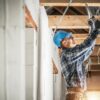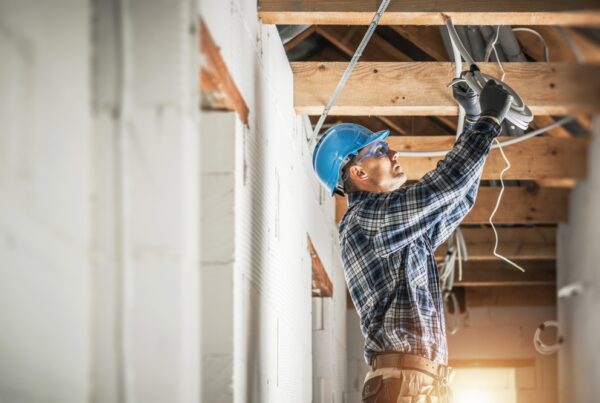Maintaining a strata building involves more than just fixing things when they break down, it requires a proactive approach to ensure the longevity of the property and the satisfaction of its residents.

Preventative maintenance plays a crucial role in this regard, helping to prevent costly repairs, improve safety, and preserve property value over time. Here’s a guide to understanding preventative maintenance schedules and tips for strata buildings.
Understanding preventative maintenance
Preventative maintenance involves regular inspections, upkeep, and repairs to prevent the deterioration of building components. For strata buildings, which consist of multiple units owned by different individuals or entities, this approach is essential to ensure that common areas, shared facilities, and individual units are well-maintained. By addressing issues early or before they escalate, strata managers and owners can save money on major repairs and foster a more pleasant living environment for residents.
Creating a preventative maintenance schedule
The first step in implementing an effective preventative maintenance strategy is to create a detailed schedule. This schedule should outline tasks to be performed regularly, such as inspections, servicing of equipment, and minor repairs. Here are key components to consider when drafting a preventative maintenance schedule:
- Identify critical components: Start by identifying critical building systems and components that require regular maintenance. This includes HVAC systems, plumbing, electrical systems, elevators, roofing, and structural elements.
- Establish frequency: Determine how often each component needs inspection or maintenance. Some tasks may be weekly, monthly, quarterly, or annually, depending on the system and its usage.
- Assign responsibilities: Clearly define who is responsible for performing each task. This could involve hiring contractors, appointing a maintenance team, or assigning responsibilities to residents or a strata committee.
- Document everything: Keep detailed records of inspections, repairs, and maintenance activities. This documentation helps track the condition of the building over time and can be valuable for future planning and budgeting.
Top preventative maintenance tips
Implementing a preventative maintenance schedule is only effective when combined with proactive management and careful attention to detail. Here are some practical tips to enhance your strata building’s maintenance strategy:
- Regular inspections: Conduct regular inspections of common areas, mechanical rooms, and individual units. Look for signs of wear and tear, leaks, corrosion, or malfunctioning equipment.
- Seasonal maintenance: Adjust your maintenance schedule according to seasonal changes. For example, check heating systems before winter and air conditioning units before summer to ensure they are in optimal condition.
- Educate residents: Encourage residents to report maintenance issues promptly. Provide guidelines on how to identify common problems and whom to contact for repairs.
- Budget wisely: Allocate funds for preventative maintenance in your annual budget. This proactive approach can help prevent unexpected expenses and preserve the financial health of the strata corporation.
- Emergency preparedness: Have a contingency plan for emergencies such as power outages, floods, or severe weather events. Ensure that residents are aware of emergency procedures and contact information for maintenance personnel.
- Energy efficiency: Incorporate energy-efficient practices into your maintenance routine. This could include upgrading lighting systems, installing programmable thermostats, or improving insulation to reduce utility costs and environmental impact.
- Professional expertise: Consult with qualified professionals for complex maintenance tasks or inspections that require specialised knowledge. This ensures compliance with building codes and enhances the safety and efficiency of your building systems.
Benefits of preventative maintenance
The benefits of implementing a preventative maintenance strategy for strata buildings are manifold:
- Cost savings: Avoiding major repairs through proactive maintenance helps reduce overall maintenance costs.
- Extended lifespan: Regular upkeep can prolong the lifespan of building components and equipment.
- Improved safety: Addressing potential hazards promptly enhances the safety of residents and visitors.
- Enhanced property value: Well-maintained buildings are more attractive to potential buyers and can command higher resale values.









